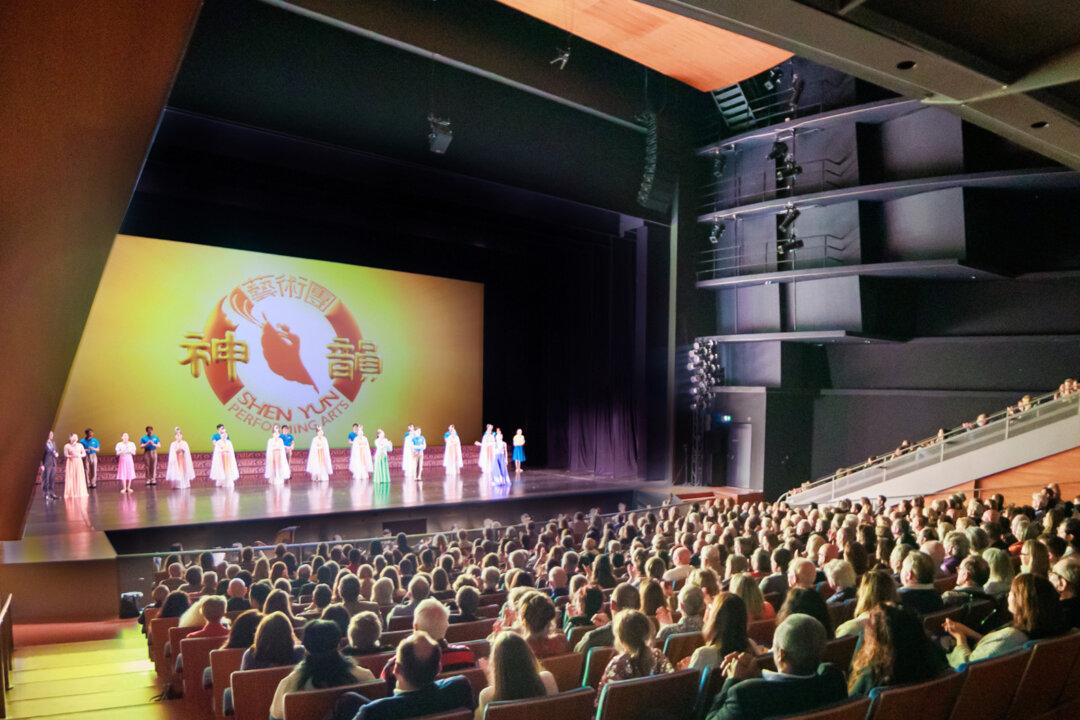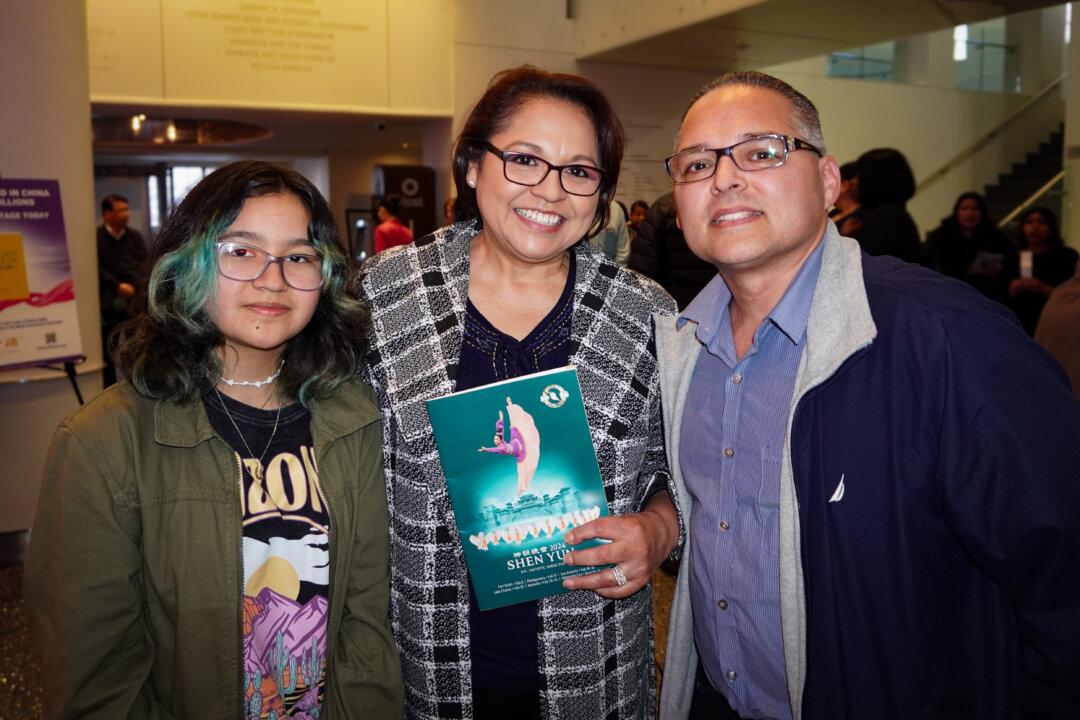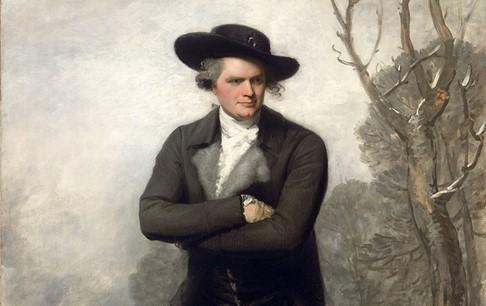The year is 1340, and the Republic of Siena is a happening place. Nine elected magistrates, known as the Council of Nine, enter the Palazzo Pubblico (or town hall) and proceed toward the Sala dei Nove (Salon of Nine or Council Room). They enter the council room and gaze upward at three wall-size frescoes, reminders of how to rule for the benefit of the people.
One of four powerful city-states in the region of Tuscany, Italy (including Florence, Pisa, and Lucca), Siena enjoyed prosperity for almost 400 years (1125–1555), boasting a coat of arms declaring “libertas” (freedom).






